Why Creative Design Careers in 2025 are taking off
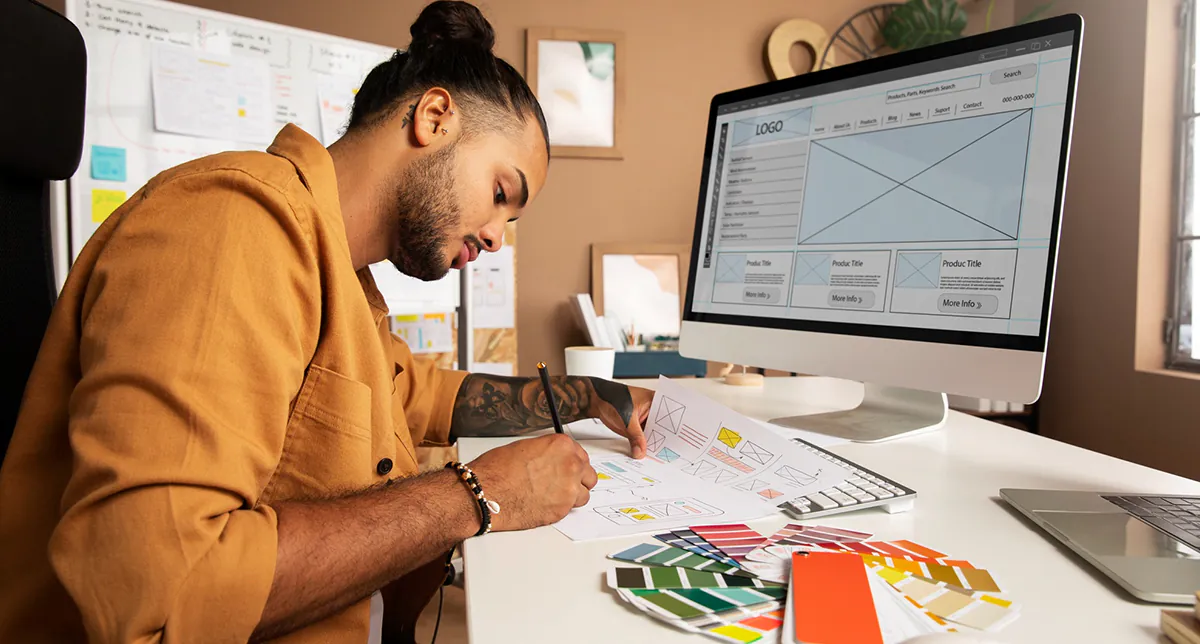
So, you’ve stumbled upon this blog, huh? You’re probably wondering why creative design is suddenly THE career everyone’s talking about in 2025. Well, buckle up, because you’re about to dive into why design careers in 2025 are blowing up, what’s making them so in demand, and how you can jump on this train to creativity and cash flow. Design is now at the heart of everything we do, from instagram’s aesthetic obsession to the fast shifting digital world. We’ll go through some of the key trends causing a career boom in the creative design space, and how you can get on the bandwagon.
What Exactly is Creative Design and Why Is It So In- Demand?
Creative design goes beyond just adding aesthetics to a visual content piece- although, let’s all accept it sure helps! At the heart of it, design is about storytelling and making your audience connect with those characters.
Creative design includes pretty much anything from designing websites and user interface/experience to art illustrations, animations, branding or even advertisements. Try to look around you- the apps you use daily on your phone, or the ad you view while scrolling on instagram- or even the website you’re reading this blog on– these are all regular examples of how aspects of creative design are present in our day to day lives.
So, why is it such a hot commodity right now?
Well, in 2025, visual content rules the digital world. Whether it’s a website, social media post, or email campaign, every brand needs design to make their content stand out. People are constantly visually stimulated, and they’re looking for experiences that are both functional and appealing.

As revealed by Wyzowl’s 2022 Video Marketing Statistics, video is used as a marketing tool by 86% of businesses, while 93% of marketers say that video has helped increase user understanding of their product or service. This highlights the growing significance of visual storytelling through video in a dynamically evolving digital landscape.
Design is no longer just for designers. Now, every business, every creator, and every entrepreneur needs design to stay competitive in the digital world.
But let’s get real—what caused this sudden or rather gradual shift?
1. The Entrepreneurial Revolution
If you might’ve noticed there has been a huge surge in entrepreneurial spirit that has given rise to many individuals moving away from traditional 9-to-5 jobs and opting for freelancing or building their own businesses. This shift has inevitably created the need to wear multiple hats, including being able to handle the design aspects of your business.
Beyond the solopreneur rise, the instagram hype has also led to visual content being at the forefront of most marketing and sales efforts. As per HubSpot’s State of Marketing Report, visual content is 40 times more likely to be shared on social media than any other type of content- becoming one of the most crucial types of content businesses use to engage with their audience. As you can see below, based on the 2025 State of Marketing Report by hubspot, Short-form video content was found to be the most preferred form of media format leveraged by companies as part of its content strategy- highlighting the impact that video content has in order to pull the numbers.

As a result, design has become a key skill for entrepreneurs to communicate their brand identity, engage with their audience, and create visually compelling content. From website design to social media content, design plays a critical role in building trust, attracting clients, and establishing brand authority. This surge in entrepreneurial activity has elevated the importance of design in business operations.
Design, as a result, has become a primary key skill for entrepreneurs in order to communicate their brand identity effectively, engage with their audience and create visually compelling content. Right from website design to social media content, design acts as a vital catalyst in building trust, attracting clients, and establishing brand authority. This particular surge in entrepreneurial activity has elevated the importance of design for the rising solopreneur and gig economy.
2. The Importance of Personal Branding
Personal branding has become more significant than ever with social media platforms having become the new equivalent of the traditional business cards. Almost everyone, from small business owners to influencers now need to invest in creating a visually appealing and professional brand image for themselves- be it a logo, website, or social media posts.
Have a look at what makes personal Brand so vital in 2025
Creating compelling visual identities is a skill that entrepreneurs and professionals are actively seeking out nowadays- they don’t want to outsource or spend hefty amounts on expensive designers. This is driving the demand greatly for affordable, self-paced design courses that empower individuals to create their own professional designs.
3. Digital Content Creation On the Rise
Earlier they said, “ Content is King”. Now, “QUALITY content is the holy grail of business success”. With the technology side of the digital world booming, businesses and creators are constantly looking to put out quality content — be it for their websites, e-commerce platforms, or social media channels. And quality content no longer just comprises inviting text, but also graphics, videos, motion design and other creative visual elements.
As you can see in the image below, content creators rank highest in marketing roles that will be given top priority in 2025.
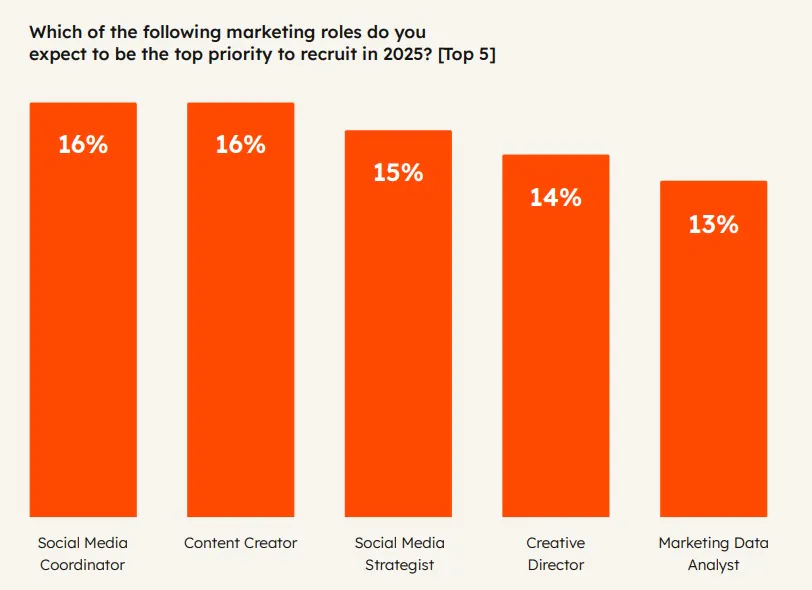
Businesses are allocating more resources to digital marketing, with 61% of B2B marketers expecting their investment in video content to increase in 2025, as reported by the Content Marketing Institute.
This shift highlights the need for talented and skilled designers capable of creating engaging visual content to help these marketing initiatives.
4. Democratization of Design
Earlier, expensive software like Adobe Suite was a pre-emptive requirement for designer professionals. But today, powerhouse tools like Canva, Figma, Wix, etc, have democratized design in a way that allows anyone with basic computer skills to create professional-looking designs without having to code or have a formal design training.
But even while there is more accessibility to these tools, design education becomes paramount in order to teach users how to effectively utilize them. Creating Website designs, Branding efforts, Marketing materials and more is no longer rocket science– But only with the right training can entrepreneurs, freelancers, and creators leverage these tools on their own in a way that helps achieve positive professional results.
5. Pandemic Rooted Switch To Digital Business Models
The covid-19 pandemic severely fast-tracked the shift to digital-first business models. Having a digital presence earlier was the part of a bigger scope and scalability of an already existing traditional business. But the pandemic made it non-negotiable in order to survive uncertain circumstances, and as a result- Online businesses, from e-commerce stores to subscription-based services, have become the norm. These businesses require constant design work to update their websites, create stand-out marketing campaigns, launch innovative new products and keep up in the competitive market.
As more switch to digital business models, there is a greater need for designers who can build user-friendly websites, interactive user interfaces & effective marketing visuals. And not just that- there is a stronger need for people that understand the business side of design- who are able to blend creativity with commercial viability.
The earning potential for designers? It’s skyrocketing. UX/UI designers, for example, are now earning between $82,608 and $188,120 a year. Of course, it depends on where you are and how much experience you’ve got under your belt. But it’s clear—specialized design skills are in demand more than ever. Salaries are going up, and the market’s paying more for what designers can do. Simple as that.
6. AI Integrated Design Processes
AI has quite literally become the talk of the town and managed to seep into everything online- you’re ordering food online but need to talk to customer support? There’s a built-in AI for resolving your queries. Need your shopping experience personalized? AI’s already giving you product recommendations based on your preferences. Surfing through social media? Run by AI’s empowered algorithms showing you what you are more inclined to see. Sneaky, don’t you think? It’s everywhere- making things faster, smarter and shaping our digital experiences at a fundamental level. And how is AI changing the game for Designers? Streamlined workflows. Creativity inspiration. Customization and personalized designs- Almost all the AI integrations allow designers to re-invent how design works!
As highlighted by Adobe’s 2022 Creativity Report, 68% of marketers use AI to assist with content creation, including elements of visual design. This establishes how impactful AI-powered tools like Adobe Sensei & Canva are and how it’s reshaping the way businesses approach design- enabling the production of visually stunning content at scale with a higher degree of efficiency.
Here are three key AI integrations in design tools that are making waves in 2025, simplifying workflows & driving innovation:
Canva Magic Studio
Canva’s Magic Studio has now uniquely transformed the approach to design by using AI to assist with creating social media posts, Website graphics, presentations, and more. Tools like Magic Write [ for generating copy] and Magic Design [ helps create stunning visual designs instantly] enable even non designers to produce expert professional level content with minimal effort.
This AI integration has made it much easier for designers and marketers to create visuals, as well as write captions and posts for social media, all within a single platform. It’s a huge time-saver and allows you to focus on the creative process instead of getting bogged down with repetitive tasks.
Figma AI Tools (Figma Sites, Make, Buzz, and Draw)
Figma also joined the bandwagon and started leveraging AI to streamline design workflows- making it easier to create projects without needing third-party tools. You can build entire websites directly within the Figma environment with Figma Sites, while Figma Make assists in generating app and website prototypes based on your given design inputs.
AI powered tools like Buzz and Draw help with creating content and vector designs. You can generate brand-approved templates with Buzz, while Draw can help you create vector illustrations and designs automatically based on your ideas. This significantly helps reduce design time and increase efficiency while giving designers more time to focus on what they do best- creativity.
Adobe Firefly
One of Adobe’s suite of products recently got the latest AI tool, Adobe Firefly integrated- enhancing tools like Illustrator and Photoshop. Designers can now generate high-end quality images just from text prompts, very similar to text-to-image tools. With the help of this AI technology, you can create unique illustrations, images and graphics that would otherwise take more time and require advanced skills in the use of softwares like Photoshop.
You can also enhance workflows by automating tasks like image recoloring, background removal and adjusting designs based on user feedback using Adobe’s Firefly– making it much easier for designers to work at a faster pace without compromising too much on creativity and quality.
7. Creative Career Shift
Gone are the days when traditional education was the gateway to a successful and thriving career. With increasing individuals opting for more specialized skills over generic degrees [ Finance, Medicine, Law or Engineering]- there has been a significant growth in career choices in the field of Design, Content Creation, and Digital Marketing.
People are actively seeking alternative education mediums to learn and hone specialized skills like graphic design, motion graphics, and UI/UX that goes beyond what traditional degrees teach you. Design education, as a result, is positioned as a high-value skill set for people looking to set out on a new career path or begin their freelancing journey.
Creative Design Careers in 2025 You Should Consider
Okay, so now that you know why design is booming, let’s look at the types of design careers you can consider:
Graphic Designer
Every visual identity requires a blueprint- that blueprint is what Graphic Design is. There is a huge rise in demand for this skill set majorly due to businesses adopting a digital model. Freelance designers are known to be earning anywhere between ₹50,000 and ₹1,50,000 a month depending on experience and the projects they take on.
Why consider it? Because it screams flexibility and financial independence! It’s the perfect entry point into the design world, and in addition to that, you can pivot into other areas like UI/UX design, motion graphics, or even branding.

UX/UI Designer
UI/UI will never grow out of style…or out of demand for that matter of fact! As long as there is a need to connect design with people- companies will constantly be on the lookout for designers that know the skill of the trade- i.e, to make their apps and websites user- friendly AND look amazing. A UI/UX designer can have an annual salary ranging from anywhere between ₹2,00,000 to ₹45,00,000– That is some serious potential to earn! And with mobile first experiences taking the spotlight, this career path has immense scope to grow further.
If job security and a high-paying gig is what you’re looking for, this is where the money’s at.
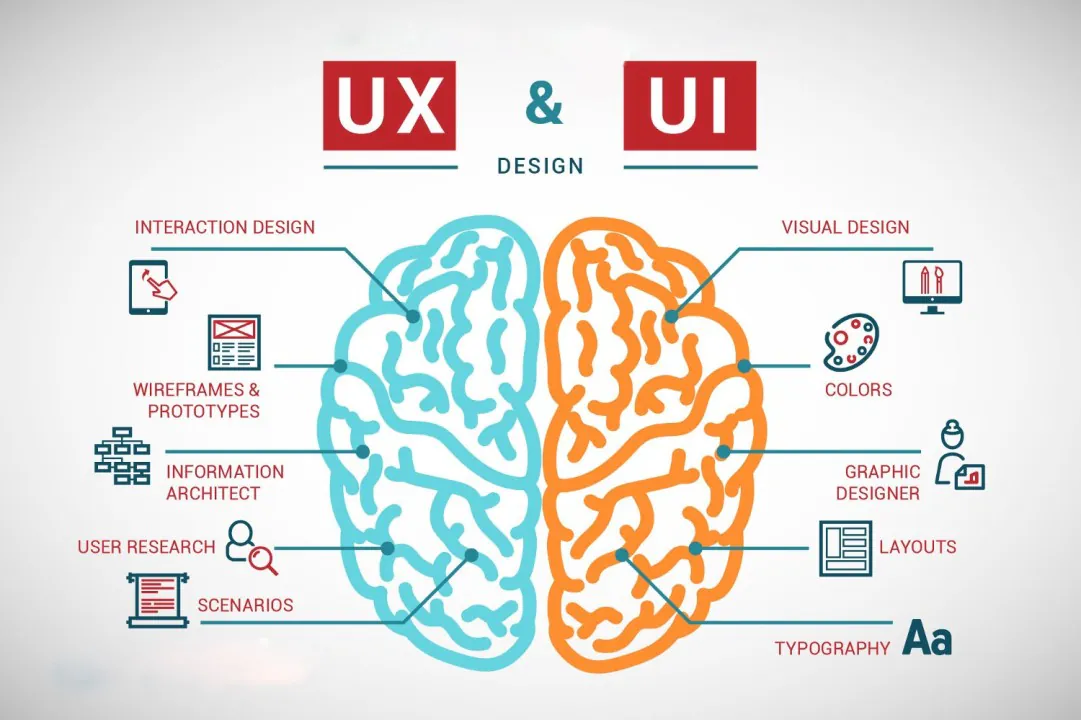
Motion Graphics Designer
Video content is King and here to stay- from reels on Instagram to Youtube ads to explainer videos, motion graphics is an area in the design industry that is skyrocketing. As a motions graphics designer, you can create animations, explainer videos, dynamic ads and more that captivate audiences. If you love creating movement and storytelling through animation, this is the field for you.
The earning potential ranges between ₹70,000 to ₹2,50,000 a month. The more creative and high-quality your work, the higher the range!
Web Designer
Here’s the kicker — you don’t require coding knowledge to build beautiful websites. No-code platforms like Figma, Framer, Webflow, and Wix have made it so much easier for people with a creative eye to design websites. As a Web designer, you can create unique websites, build personal portfolios, and online stores for businesses and individuals. You design, and the tech is handled by the platform.
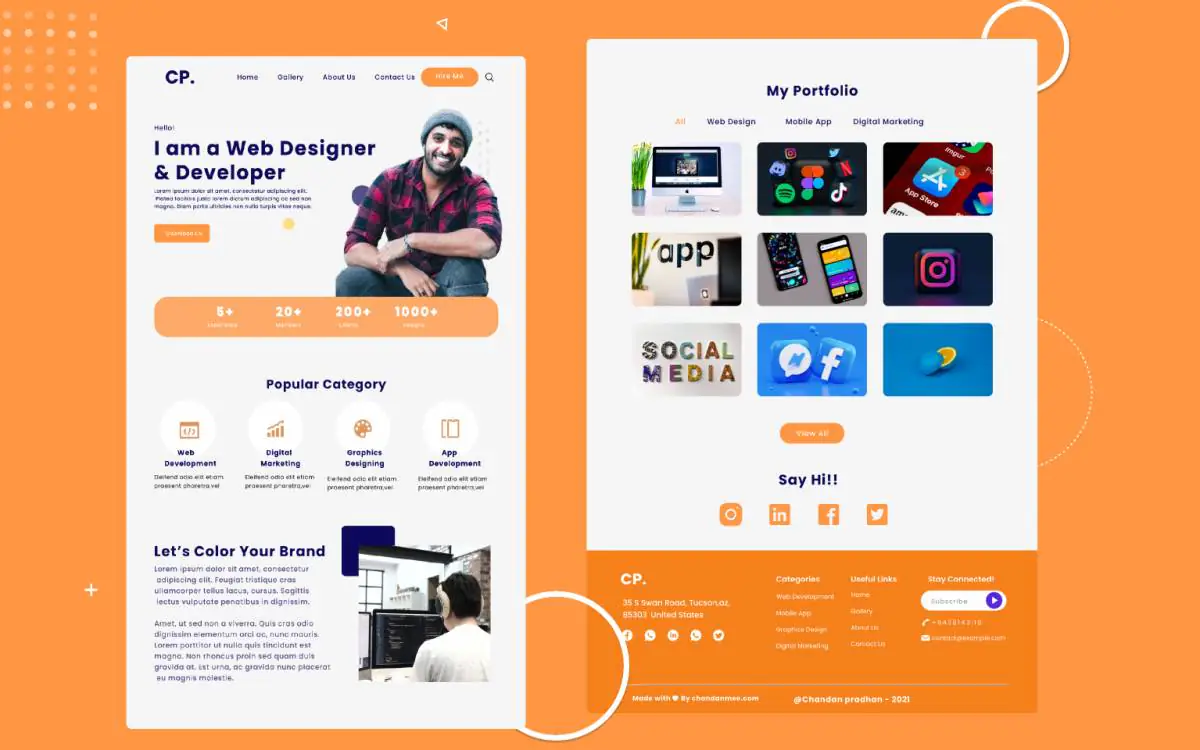
Freelance no-code web designers have an earning potential ranging anywhere between ₹40,000 to ₹1,50,000 per month, depending on their skill and client base. And if you’re someone who just wants to start freelancing, Website Design is a great lucrative career!
Brand Designer
Branding no longer limits itself to just logos- in today’s world, building a strong brand value is the core fundamental of any successful company. Branding is more about creating a visual language that represents a business and connects with its audience. Brand designers are paid top dollar by companies that want to stand out and create a memorable brand identity. Working on logos, colour palettes, typography, brand guidelines, visual identity, packaging and ensuring brand consistency across all digital and physical touchpoints are amongst the tasks you;ll be performing as a Brand Designer.
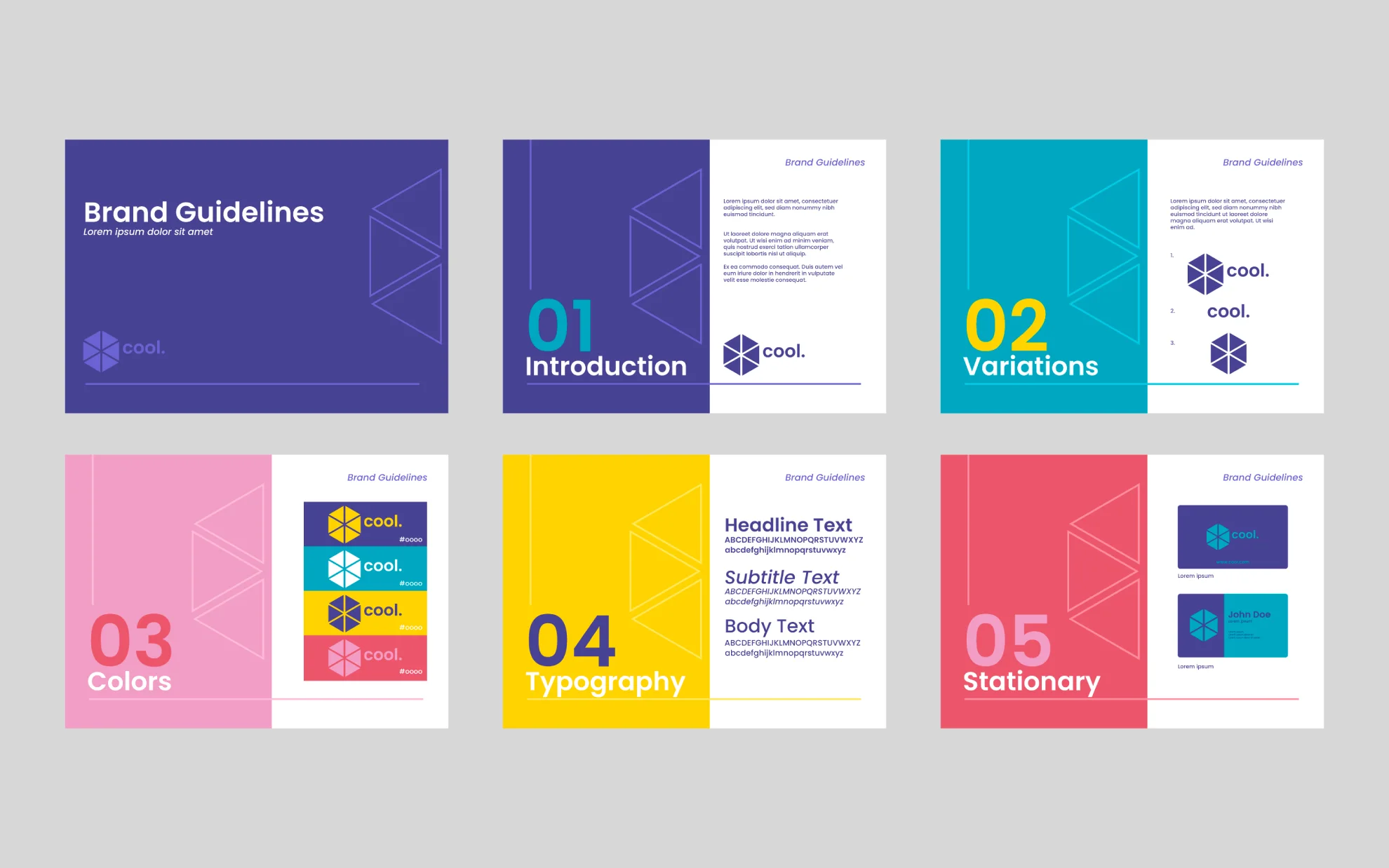
The earning potential can range anywhere between ₹50,000 to ₹2,00,000 per month, with some experienced designers charging ₹10,000 to ₹50,000 per logo. [ Price range can even exceed up to 1,00,000 if working for larger companies or on premium branding projects].
As branding is critical to a business’s success, especially in a crowded digital marketplace, companies are constantly seeking out experienced brand designers to help them create a strong, consistent presence with high brand recall value. If you’re someone that has an eye for detail combined with a strong creative vision and communication skills then this could be a great career path to explore this season.
Scope of Creative Design Careers in 2025
1. Increasing Design Skill Accessibility
With the evolving digital world, design has become more accessible than ever. Powerhouse tools like Canva, Figma and Adobe [ amongst the many] have played a vital role in democratizing design and enabling individuals to produce a professional grade world even without formal training. 3.5 billion designs were created in 2021 as per a Canva report, establishing the widespread adoption of user-friendly design tools.
2. Career Flexibility & Freedom
The regular 9-5 grind is no longer the norm! 39% of the U.S. workforce, or approximately 60 million Americans, engaged in freelance work, contributing $1.35 trillion to the economy according to Upwork’s 2022 report. The appeal of freelancing is higher due to this shift in trend- enabling professionals to choose projects that they are more aligned with in terms of skills and interest.
3. Diverse Niches
As we have read time and again throughout this blog, design skills are in high demand across various industries and niches. According to a study, The global UX/UI design market is projected to reach $24.5 billion by 2030, driven by the increasing emphasis on user experience in digital products. Now designers have ample opportunities to apply their expertise in areas spanned across varied industries.
Combined with its High-Earning Potential– The demand for designers is outpacing the supply, which means it’s never been a better time to enter the design industry.
Conclusion
As we know now by the end of this blog- creative design isn’t just an exciting profession but also one that is thriving in 2025, and has grown to become an essential skill that enables innovation across industries. 2025 very well could just be your year to dive head first into a creative design career path- Whether you’re exploring design as a career shift, side hustle, or passion project, the opportunities are vast, and the future is bright.
GrowthClub is one such platform that blends community, collaboration, and creativity to offer you a real shot at Design. With a vision to build the largest creative design community, they also offer foundational courses [ link to courses page] to help you kickstart your creative journey.
Ready to be a part of this movement? Join the community today! And if you’re looking to level up, explore our foundational courses on design concepts and tools like Canva[ link to canvapreneur page], Adobe, and no-code website builders[ link to relevant landing page] — and much more.
Until next time,
Yours truly!